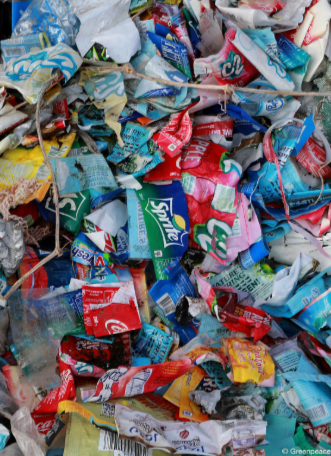
Plastic waste is one of the most significant environmental challenges of our time, and polypropylene (PP) is a widely used material contributing to this issue. PP Recycling is a versatile plastic found in packaging, automotive parts, consumer goods, and textiles. Recycling polypropylene is a crucial step toward reducing environmental impact, conserving resources, and supporting a circular economy. PP recycling processes allow this durable plastic to be repurposed into new products, minimizing waste and promoting sustainability.
Understanding Polypropylene and Its Applications
Polypropylene is known for its strength, flexibility, and resistance to chemicals and heat. These properties make it a popular choice in industries ranging from packaging and automotive to construction and healthcare. Common PP products include food containers, bottle caps, furniture, carpets, and medical equipment. While its durability makes it valuable, it also contributes to environmental challenges when disposed of improperly. Recycling PP helps reduce plastic pollution, conserve raw materials, and extend the lifecycle of this versatile material.
Collection and Sorting
The first step in PP recycling is the collection and sorting of waste materials. Proper separation of polypropylene from other plastics and contaminants is essential for efficient recycling. Collection can occur through municipal recycling programs, industrial waste management, or specialized PP recycling initiatives. Once collected, the materials are sorted by type, color, and quality to ensure uniformity in the recycling process. Advanced sorting technologies, including automated systems and optical scanners, enhance the efficiency and accuracy of this stage.
Cleaning and Preparation
After sorting, PP materials undergo thorough cleaning to remove dirt, labels, adhesives, and other impurities. This step is critical for producing high-quality recycled polypropylene that can be used in manufacturing new products. The cleaned materials are then shredded into smaller pieces or pellets, making them easier to process in subsequent stages. Proper preparation ensures that the recycled PP maintains its structural integrity and performance characteristics, allowing it to be reused effectively.
Reprocessing and Manufacturing
Once prepared, the shredded PP is reprocessed through melting and extrusion techniques. The material is heated to a specific temperature to soften it without compromising its properties, then molded or formed into new products. Recycled PP can be used to produce a wide range of items, including automotive parts, packaging materials, construction products, and consumer goods. Advanced reprocessing methods ensure that the recycled material meets industry standards for strength, durability, and safety.
Environmental Benefits of PP Recycling
Recycling polypropylene provides significant environmental benefits. By diverting PP waste from landfills and incineration, recycling reduces greenhouse gas emissions and minimizes the release of harmful substances. It also conserves natural resources, as recycled PP reduces the demand for virgin petroleum used in producing new plastic. Furthermore, recycling supports the circular economy by creating a closed-loop system where materials are reused multiple times, reducing overall environmental impact.
Supporting the Circular Economy
PP recycling plays a vital role in promoting a circular economy, an economic model focused on minimizing waste and maximizing resource efficiency. By transforming used polypropylene into new products, recycling extends the material’s life and reduces reliance on non-renewable resources. Businesses, manufacturers, and consumers all play a role in this process by adopting sustainable practices, supporting recycled products, and participating in responsible waste management initiatives.
Challenges and Innovations
While PP recycling offers many benefits, challenges remain. Contamination, mixed plastic streams, and inconsistent collection can impact the efficiency and quality of recycled polypropylene. Innovations in recycling technology, such as chemical recycling, advanced sorting systems, and improved reprocessing techniques, are addressing these challenges. Continuous research and development ensure that PP recycling becomes more efficient, cost-effective, and environmentally friendly.
Conclusion
PP recycling is a crucial component of sustainable plastic management and the circular economy. By collecting, sorting, cleaning, and reprocessing polypropylene, valuable materials are transformed into new products, reducing waste and conserving resources. The environmental benefits of PP recycling include lower greenhouse gas emissions, reduced plastic pollution, and decreased reliance on virgin materials. Supporting recycled polypropylene through responsible practices and technological innovations ensures a sustainable future while promoting eco-friendly solutions across industries. Embracing PP recycling allows businesses and individuals to contribute to a greener, more circular economy, making a positive impact on the environment for generations to come.


